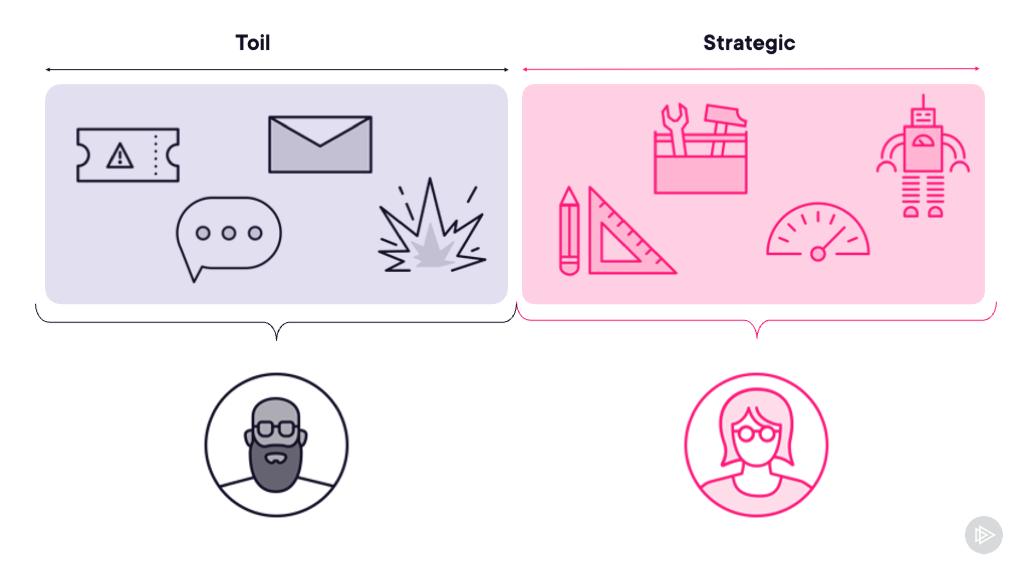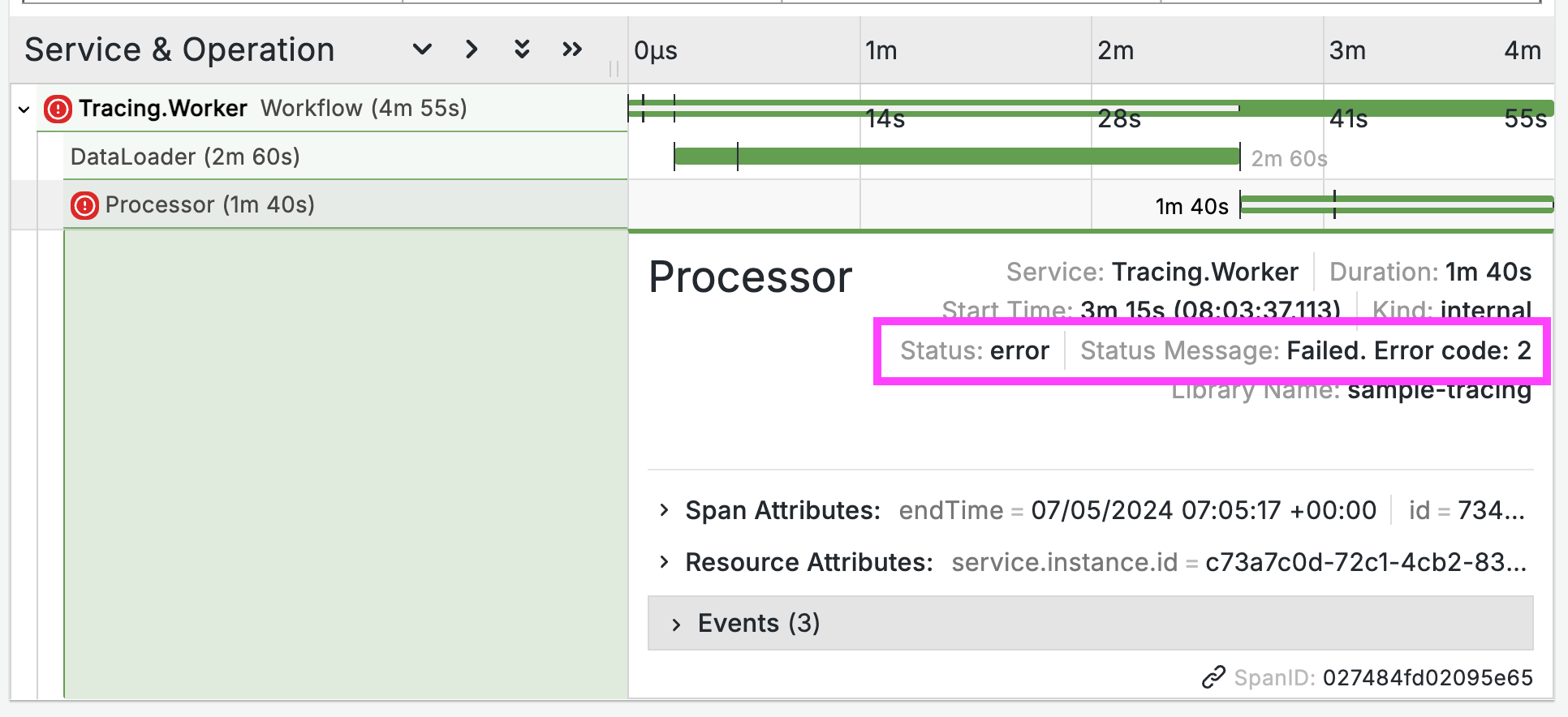Six Questions with Pluralsight Author: Ben Sullins
This week’s Six Questions is with Pluralsight author Ben Sullins.
Ben is a self-confessed data geek, and an expert in driving business intelligence from Big Data. On his blog, Ben has a great ‘Makeover Monday’ feature where he takes a public infographic and redesigns it to show more information more quickly.
Ben’s worked with some of the industry’s biggest data producers to help them gain insight and business value, and his Pluralsight courses cover popular technologies like Tableau and D3, as well as broader topics like dashboard design.
1. What are you learning at the moment?
Currently I’m really digging deep into the D3 library. There are so many awesome functions and features I’m really enjoying learning more of it and sharing that with my audience.
2. For a while, Tableau and Qlik were clear leaders in the BI Analytics space, but I’ve been really surprised at how quickly Microsoft have caught up with PowerBI. How do you think the platforms compare?
I think Microsoft is doing well through this pivot in the BI and Analytics space. Tableau and Qlik definitely distrupted things and MS has done a fair job keeping up. The other big players aren’t far behind though. The leaders quadrant will be crowded soon as the new normal of self-services analytics sets in.
3. Hadoop is 10 years old this year. HDFS and YARN are mature, but the rest of the ecosystem is still growing fast, with tools like Spark and Nifi still based on core Hadoop integration. Do you find clients put Hadoop front and centre, or are they using it as the base platform?
Hadoop is such a massive ecosystem I think it will have a long shelf-life in the data management space. The real trick is going to be really unlocking the potential of the data stored in Hadoop for the general knowledge worker.
Right now it’s simply too hard for most people to use this data effectively which leads to replicating the data outside of the Hadoop ecosystem into something easier to use. The most promising platform in this space, with regards to analytics, is Presto. When done right this platform has the ability to really unlock the value buried deep in HDFS to the majority of a businesses staff.
I’d also say that while in Silicon Valley Hadoop is old news, much of the BI and Data Warehousing community is yet to embrace it. Just last week I was on a call w/ a client about if it made sense for them to pursue. So it’s not yet a standard, and won’t be until the ways of extracting value are available to a much broader audience.
4. Have you had any feedback - positive or negative! - from the companies you feature in the Makeover Monday series?
You know I only started doing these a few weeks back after seeing how much fun my friend Andy Kriebel was having. I’ve got lots of questions on how I built some of these makeovers and what my process is which I plan to share on my blog in the coming weeks. I’d love to hear from any of the companies regarding my makeovers, positive or negative!
5. Dashboard platforms are getting simpler and more fully featured, but they still need good technical understanding to set up. Do you think a truly self-service dashboard for business users is attainable?
I think this is already here, the market just isn’t fully educated on it. There is so much hype and marketing noise around this it’s hard for the market to see where the value is. The bottom line with any of these platforms is they still (today) require people with domain expertise.
A talented data analyst is only as good as the domain expertise they posses. This is why the self-service approach is so valuable. Making charts is a becoming a commodity, it’s the deep understanding of the business and domain that are of value, data viz is just one form of expressing that knowledge.
6. If you could only have two types of data visualization in your next dashboard, which would you choose?
I’d probably do line charts and bullet charts. I really like bullet charts for showing how close to a goal something is and of course lines are great for showing things over time which is, of course, always relevant.
Many thanks, Ben! Another interview’s coming next week, and until then have a look at Ben’s Pluralsight courses.





Comments